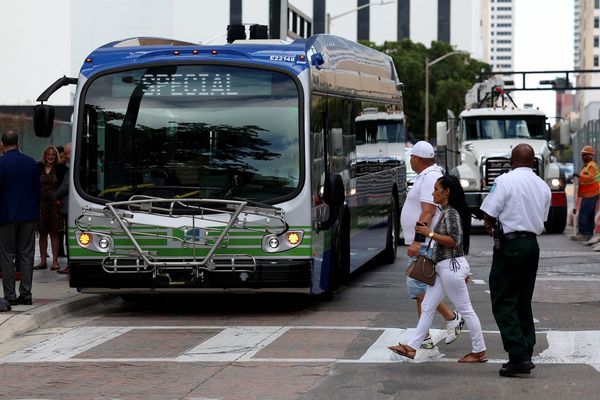
The good news is that 2W sales are beginning to recover. Domestic volumes in May are estimated to have increased by high single-digit sequentially, according to analysts at Kotak Institutional Equities. Among key 2W manufacturers, Hero MotoCorp Ltd, which operates in the entry level segment, clocked 17% sequential growth in domestic volumes in May. Given that May 2021 was impacted by restrictions led-by the second wave of the coronavirus pandemic, a year-on-year comparison would not be fair

Demand is getting a boost from improving rural sentiment and the ongoing marriage season. Normal monsoon would also help in keeping 2W demand firm, said analysts. Expectations that the chip crisis will ease going ahead augur well.
Further, the recent cut in excise duty on fuel means a reduction in the total cost of ownership, which is another positive for the sector. Also, softening in commodity costs bodes well, as there is a reduced possibility of companies resorting to further price hikes.
Yet, the sector is unlikely to reclaim the sales momentum it saw pre-covid, in a hurry. One factor that impacted volumes in May is the semiconductor shortage which limited the ability of 2W makers to produce vehicles. The monthly sales volumes are significantly below 2019 levels. Hero MotoCorp’s volumes in May are lower by 27% vis-a-vis May 2019. Competitors TVS Motor Co., Bajaj Auto, and Eicher Motors (Royal Enfield) are lagging by 11%-53% compared to pre-covid sales.
“Higher inflation has a notable impact on 2W demand as this is a price sensitive segment. Also, while fuel prices have reduced, they are still elevated when compared to prices in 2019," said Mitul Shah, head of research, Reliance Securities Ltd. Further, the penetration level in this segment is relatively high. 2W monthly volumes are expected to increase sequentially but it will take some more time before it reaches 2019 levels, he said.
Another dampener could come from the increase in third party insurance rates. It could affect consumer sentiment as the industry has just begun to recover.
Meanwhile, the Nifty Auto index rose by 5% so far this calendar year, beating Nifty’s negative returns.







